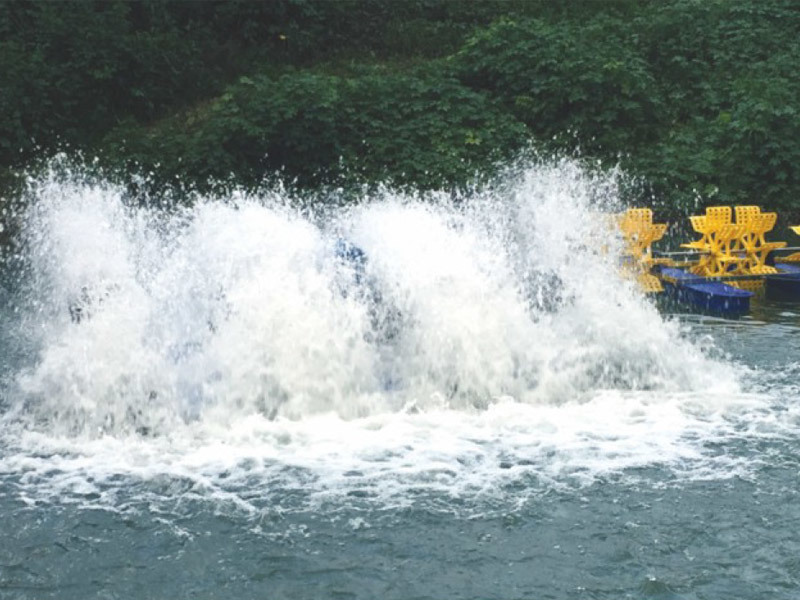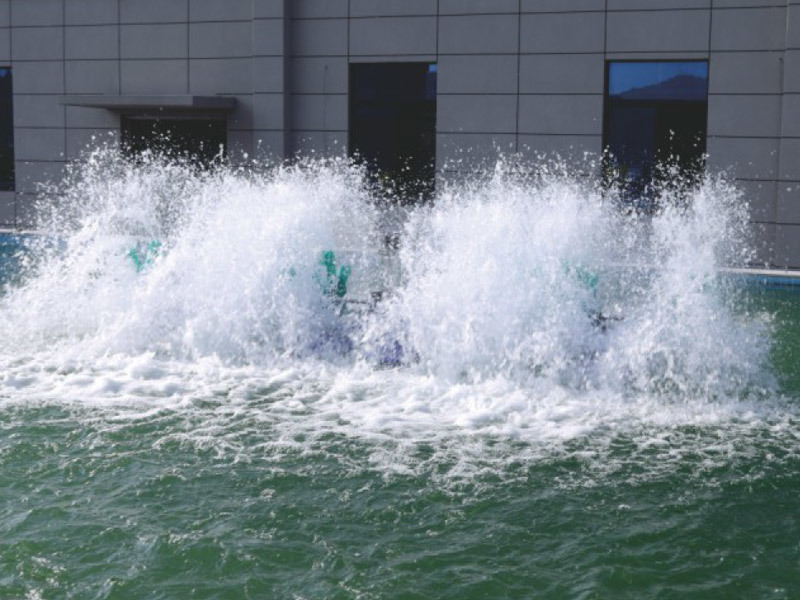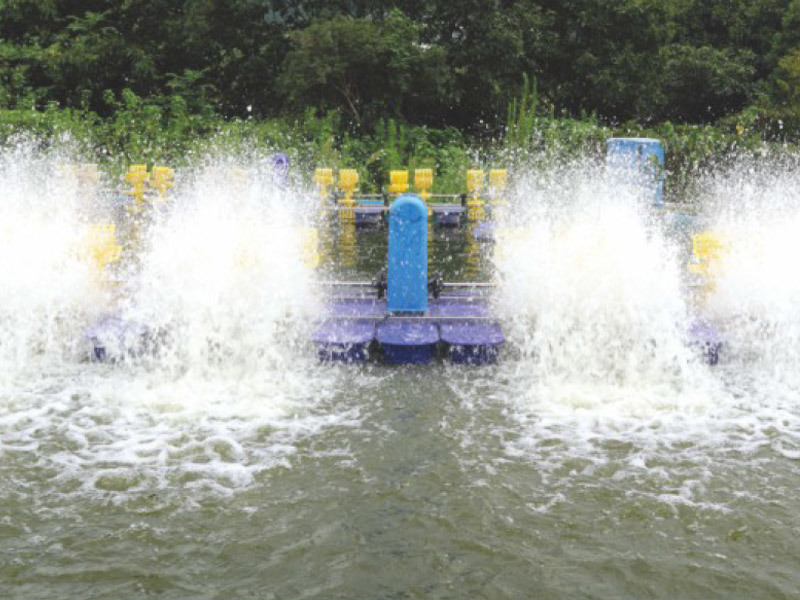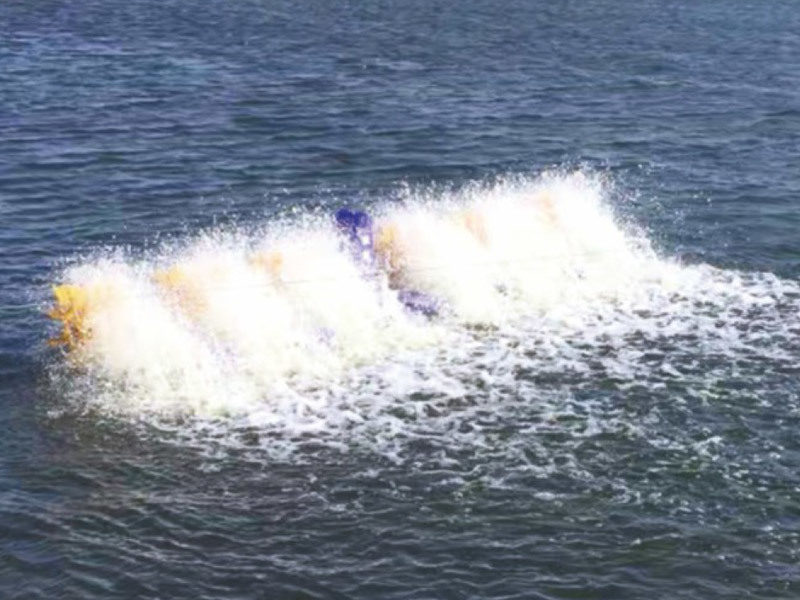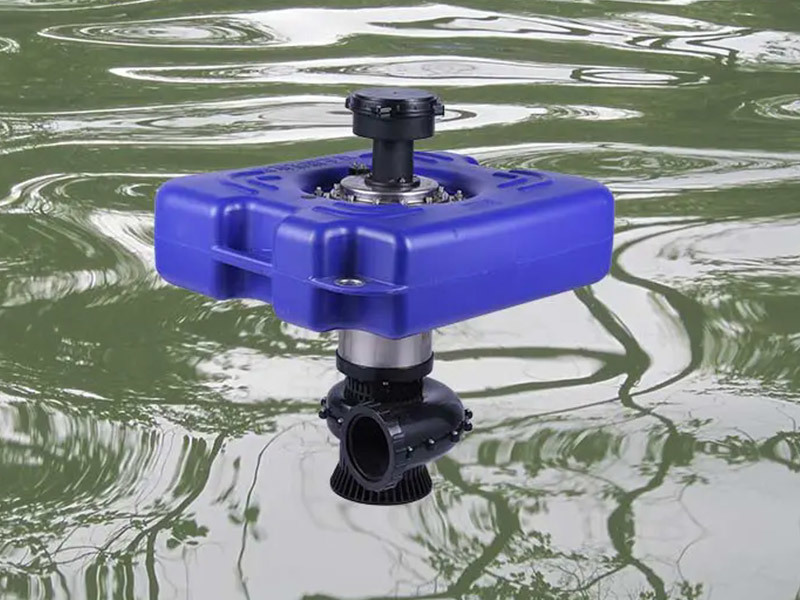Guide How To Building An Effective Homemade Pond Aerator At Home
May 14,2024
As a leading manufacturer in the aeration industry, we understand the importance of maintaining optimal water quality for your home pond or small water feature. Proper aeration is crucial for ensuring a healthy ecosystem and promoting the survival of aquatic life, including fish and plants.
While commercial aerators are readily available, many pond enthusiasts have expressed interest in creating their own Homemade Pond Aerators, driven by a desire for cost-effectiveness, customization, and the satisfaction of a DIY project.
We will provide professional insights and guidance on how to construct a reliable and efficient Home Aerator for your backyard pond. By following these steps, you can achieve effective aeration while enjoying the rewarding experience of building your own system.
1. Choosing the Right Pump
The heart of any Home Aerator is the pump, which is responsible for circulating and oxygenating the water. When selecting a pump, consider the size of your pond and the desired water flow rate. A rule of thumb is to choose a pump that can circulate the entire volume of your pond every hour or two. Additionally, ensure that the pump is designed for outdoor use and can withstand exposure to water and weather conditions.
2. Constructing the Aeration System
Once you have the pump, you'll need to build the aeration system itself. A common approach is to create a floating platform or raft to support the pump and diffuser. This can be constructed using materials such as PVC pipes, foam insulation boards, or even recycled plastic containers. The key is to ensure that the platform is sturdy, buoyant, and can support the weight of the pump and any additional components.
3. Incorporating a Diffuser
To effectively aerate the water, you'll need to incorporate a diffuser into your Home Aerator system. Diffusers are designed to break up the water flow into smaller bubbles, increasing the surface area for oxygen transfer. You can purchase a commercial diffuser or create your own using materials like perforated PVC pipes or air stones.
4. Powering the System
Depending on your preferences and available resources, you can power your Homemade Pond Aerator using various methods. One option is to connect the pump to a standard electrical outlet, ensuring proper waterproofing and safety measures. Alternatively, you can explore solar-powered or wind-powered options for an eco-friendly and sustainable solution.
5. Installation and Maintenance
Once your Home Aerator is assembled, it's time to install it in your pond. Ensure that the platform is securely anchored to prevent drifting or tipping over. Additionally, consider the placement of the diffuser to achieve optimal water circulation and aeration throughout the pond.
Regular maintenance is essential to ensure the longevity and efficiency of your Homemade Pond Aerator. This may include cleaning the pump and diffuser, checking for any leaks or damage, and replacing any worn-out components as needed.
By following these guidelines and incorporating your own creative touches, you can build a reliable and cost-effective Home Aerator that will keep your pond water oxygenated and support a thriving aquatic ecosystem. Remember, safety should always be a top priority when working with electrical components and water.
We encourage you to embrace the DIY spirit and embark on this rewarding project. If you encounter any challenges or have specific questions, our team of experts is always available to provide professional advice and support.
Latest News




